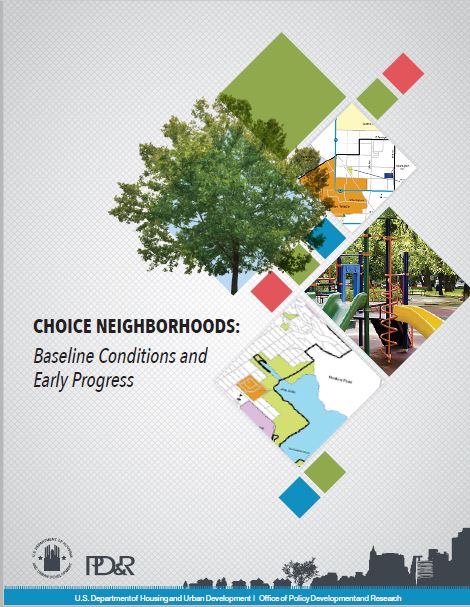Place-based initiatives, which aim to engage and transform a specific neighborhood or community, have been a hallmark of the Obama administration.
Its Promise and Choice Neighborhoods, Byrne Criminal Justice Innovation grants, Promise Zones, Strong Cities–Strong Communities designations, and Sustainable Communities regional planning grants have sought to improve low-income neighborhoods, bolster city capacity, promote collaboration, and make metropolitan areas more livable.
Our newly released study for HUD examining the first five implementation sites for Choice Neighborhoods shows the importance of commitment by top city leadership in the early years of a new program.
Choice, which we studied in Boston, Chicago, New Orleans, San Francisco, and Seattle, and which now is in place in 12 communities across the country, superseded and extends beyond HOPE VI, which sought to replace distressed public housing with mixed-income developments.
Choice’s charge is to not just fix housing, but to improve entire neighborhoods. Such an aspiration is both quantitatively and qualitatively different.
Rarely can a public housing authority achieve neighborhood transformation on its own. Instead, as our report shows, key city agencies, mayors, and city councils have to be committed to and engaged in the transformation.

